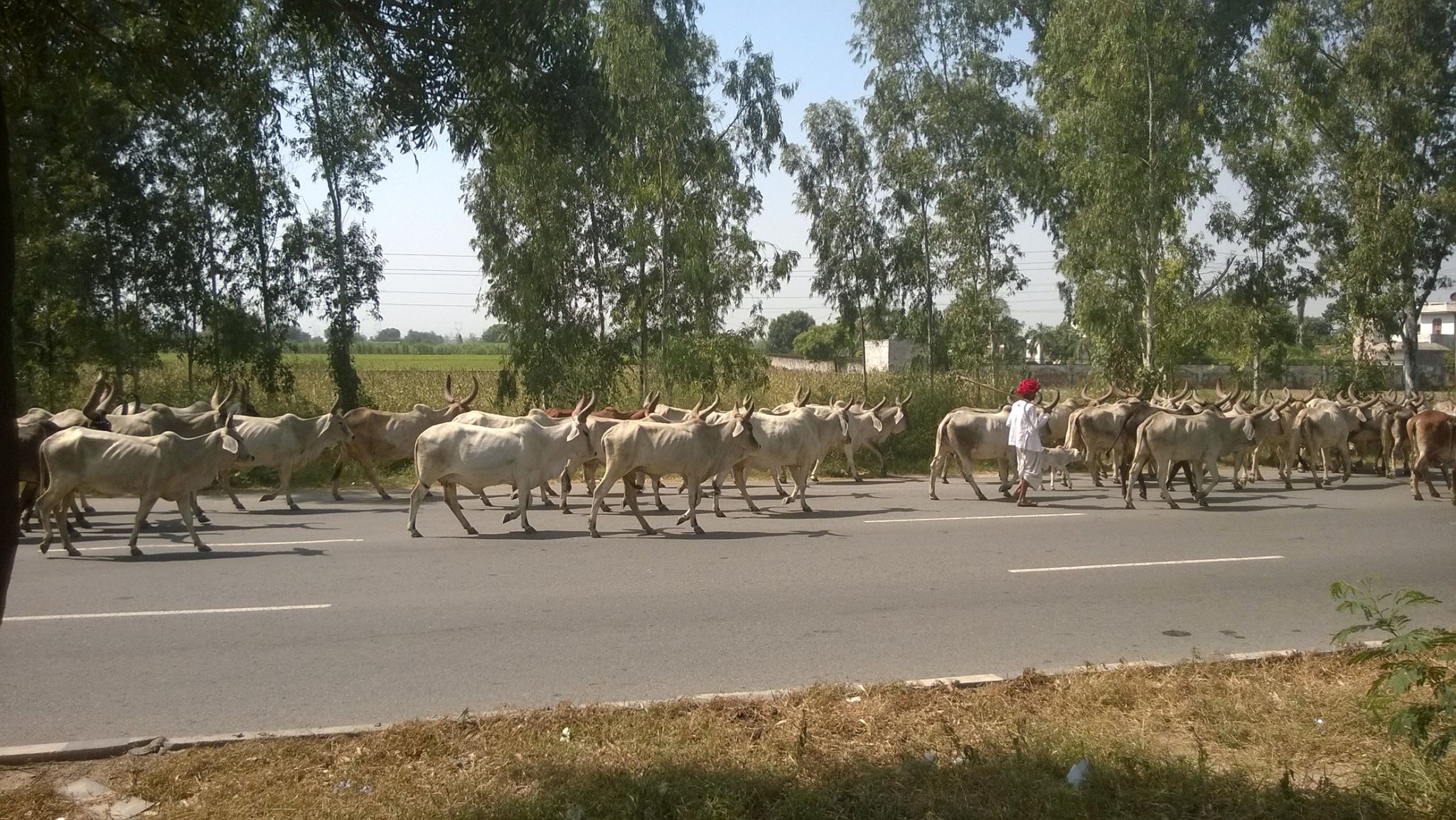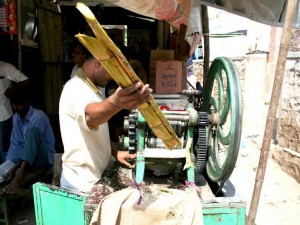India was never my favourite country since the ascendance of Virat Kohli, and that probably is a trait I share with many Sri Lankans. But a chance to see a part of the world I have never seen before with a good old schoolmate does not come every fortnight. It was the mid semester break, and I ended up going to India, alone.
The plan was to travel to Hyderabad by air, stay a couple of days there and move North. I had to go through a transit via Mumbai. The flight went smoothly, even though Air India is not to be recommended for an overnight travel. The airhostesses find it difficult to recognize whether a passenger is sleeping or not before requesting for the used cutlery.
My friend came to Rajiv Gandhi International Airport Hyderabad to pick me up, and our adventure began!
We had to travel from Shamshabad, the suburb where the airport is, to Abids, the area in which we stayed. My friend has never been in Hyderabad and we did not know how to get there. He knows Hindi but Telugu is the main language in Andra Pradesh. However, with the support of the people in the road, we got into a local bus to travel to Abids.
The conductor of the bus was a nightmare! She happened to be a lady but never acted like one! From the time the engine started, so did her mouth. I don’t think it has anything to do with Telugu being a naturally loud language. She was trying to start a fight with every other passenger.
And just when you thought a bus ride cannot be worse, then started a fight for the ladies seats. Buses in India have seats reserved for ladies, not just for pregnant ones. If a man sits in a ladies’ seat and a lady get in, the man has to give that seat to her. And for one second if the man does not notice her or act like he did not, then more often than not, the lady starts screaming!
In the time of Buddha, ladies were discriminated. Now the roles are reversed, one would feel.
This is where a good practice can serve well than a formal law. Maybe due to this pressure a man has to undergo in a bus, he seems reluctant to give his seat to a lady with a child if it is not a ladies seat. This was something my friend told me and I think he is right.
Our conversation is disturbed by loud tapping sound coming from the rear end of the bus. It does not stop till the driver stops the bus. I look back to find that the lady conductor wants the bus to be stopped. The driver turns back, and asks “what is it, Madam?” and she says something in Telugu that my friend cannot figure out. Maybe she could not get a rupee from a passenger. Maybe she thinks that the bus should go slower to have a higher chance of picking up more people. But one thing is clear. She is the madam, and she was the empress of the bus!
My friend tells me that in Delhi, the conductor sits in a corner of the bus and the passengers have to come to him and get tickets. They are usually government buses and inspectors are common. “That is something I’d see in the next few days”, I told myself.
After travelling in three local buses, we finally come to Abids. And here is where I discover the Indian food of the day.
Indian food of the day: Sugarcane juice
Sugarcane juice is a popular street food in India. It is made by crushing the trunk of the sugarcane using a crushing machine operated manually. Green coloured sugarcane juice sips off and is a treat for a thirsty traveler. At times, if you roam enough, you can see small vehicles, similar to three wheelers, with a unit of sugarcane crushing machine installed. The owner can use the same battery of the vehicle to run the machine.
After a good evening’s sleep, we roamed around Abids in the evening. People in Hyderabad wake up late, and stay till late. A city tailor-made for students, I thought. Street sellers and beggars are quite common. A special incident caught my eye, while roaming.
A man, with no apparent deformity was begging on the road. Two Muslims were passing him and he requested money from them, pointing to his long grown beard, indicating that he’s a Muslim too. But the two people did not give money; they said something to the beggar in a language neither my friend nor me could figure out.
Bargaining is a skill you will need heavily if you are to live in India. My friend managed to bargain a book priced hundred and forty Indian rupees to seventy. You should never let them notice that you’re not from India, or else they will sell you a bag worth five hundred rupees for three thousand.
A tiring day ended thus.
— Dilhan Manawadu —


